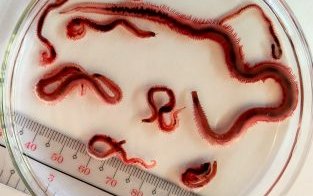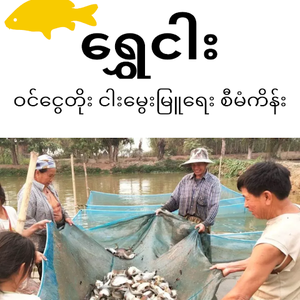Polychaetes are a valued feed for shrimp hatcheries, however, they are potential carriers of diseases. The Philippine research center SEAFDEC/AQD is working on breeding and propagating the mudworm Marphysa iloiloensis, a new species of polychaete discovered in 2019 by associate researcher Mary Anne Mandario and named after Iloilo province. The center is working on its potential as feed for crabs and shrimp broodstock.
In a bid to produce more polychaetes and as efficiently as possible, Mandario recently established the optimal light conditions for the hatchery stages. Marphysa iloiloensis eggs and larvae thrive in total darkness, just like broodstock. The finding is important because the 10,000 species of polychaetes have varying responses to light at their different life stages.
As for Marphysa iloiloensis, eggs and larvae consistently loved darkness. Hatching rates declined with increasing light intensity and duration. Survival significantly decreased at 157 μmol m−2 s−1 even if the exposure was just for one hour per day. At that light intensity, only 84% of eggs hatched compared to 98% (total darkness and 3.4 μmol m−2 s−1) and 96% (64.4 μmol m−2 s−1).
Similarly, survival of larvae to juveniles was the highest under total darkness (78%). At both 64.4 and 157 μmol m−2 s−1, mudworm did not survive a 6-hour per day exposure. On the other hand, as long as the polychaetes survived, growth was not affected by light intensity and duration.
While “no light or lower light intensity is the best culture condition from embryonic to juvenile stage of M. iloiloensis,” Mandario’s study also concluded that in these stages, 3.4 μmol m−2 s−1, or 250 lx, “can be considered as a threshold of light intensity to ensure high polychaete survival.”













